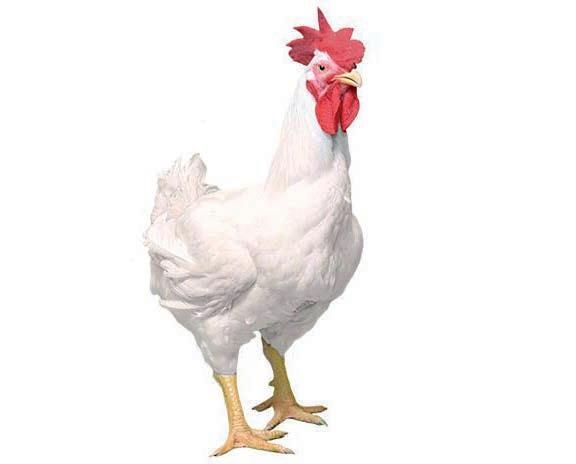
2 minute read
Dietary xylanase improves growth performance and cost savings in broiler chickens fed a corn-soybean based diet
The increased demand to reduce production costs, as well as concerns about the environment, have resulted in pressure on poultry producers to increase dietary energy utilisation and to improve feed efficiency.
Usually, technologies such as exogenous enzymes that are supplemented in the diets have been one of the main pathways used to reach these goals. Xylanase is well known to produce positive effects on growth performance of birds fed diets based on non-starch polysaccharide (NPS) rich cereals, helping the birds to overcome the anti-nutritional effects of NSP by reducing the intestinal viscosity and improving energy digestibility. However, although cornbased diets are widely used in poultry in many regions, there is still a lack of information about the effect of xylanase on this type of diet.
Advertisement
The present xylanase has high activity on the insoluble portion of arabinoxylans, which are present in large quantities in corn and soybean; therefore, it could improve the release of the nutrients from these grains. For this purpose, the present study aimed to evaluate the effects of a bacterial xylanase on growth performance of broilers fed a corn-soybean based diet.
A total of 1,440 male broiler chickens Cobb 500 was allocated to floor pens from 1 to 42 d of age. The experiment followed a randomised designed, with 8 replicates of 60 birds for each one of the 3 treatments: standard diet (STD), diet with 150 kcal/kg reduction in metabolisable energy (RED) and RED diet + 100 g/t of Bacillus subtilis xylanase (RED+XYL; Jefo & Puratos).
It was intended to create a substantial drop in the growth performance between the STD and RED treatments; therefore, the RED diets were formulated with an uplift greater (150 kg/kcal) than the recommended (80 kcal/ kg) when using this particular xylanase in corn-soybean meal-based diets. Average daily feed intake (ADFI), average daily gain (ADG) and feed conversion ratio (FCR) were evaluated by feeding phase (1-21, 22-35 and 36-42 d of age). The feed cost per kg of live weight was calculated in the end of the trial considering the market price for the xylanase studied. The data were analysed by ANOVA and treatment means were separated by the Duncan test when P<0.05.
There was no effect of the treatments on ADFI. Birds fed the RED diet had the worst response for ADG and FCR from 14 d of age to the end of the trial (P<0.05). There was a reduction of 4.6% (P<0.05) on ADG of birds fed RED diet throughout the overall rearing period, compared to the STD diet.
However, the addition of the xylanase in the RED diet was effective in partially recovering the growth response (P<0.05; 49% for ADG and 45% for FCR), which is in accordance with the recommended uplift (80 kcal/kg). The lowest cost/kg of live weight was observed for the RED+XYL diet (difference of USD 0.08 in comparison to the RED diet and USD 0.21 to the STD diet). The results showed that there is an opportunity to improve the average daily gain and feed conversion ratio of broilers chickens fed a corn-soybean based diets with reduced energy, when the diet is supplemented with the xylanase studied. The addition of the enzyme in the reduced energy diets can be used to allow savings on feed costs.
References are available on request From Proceedings of the 2019 Australian Poultry Science Symposium
M.L. Moraes, L. Lahaye, M.S. Vieira, Jefo Nutrition Inc. C. Boudry, Puratos, Brussels, Belgium
R.S. Brito D.P. Hernández, Applied Animal Research Center, Mexico










